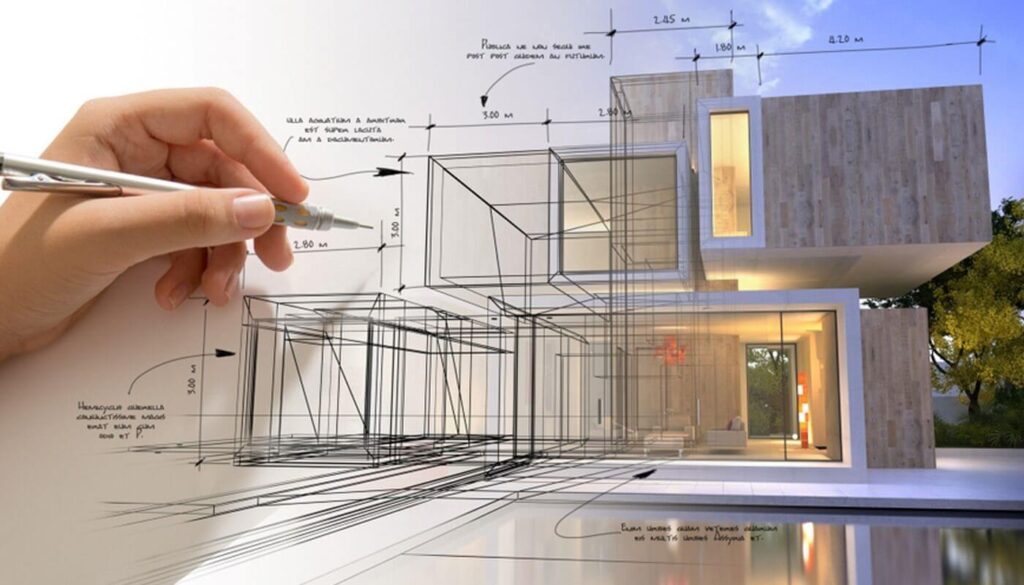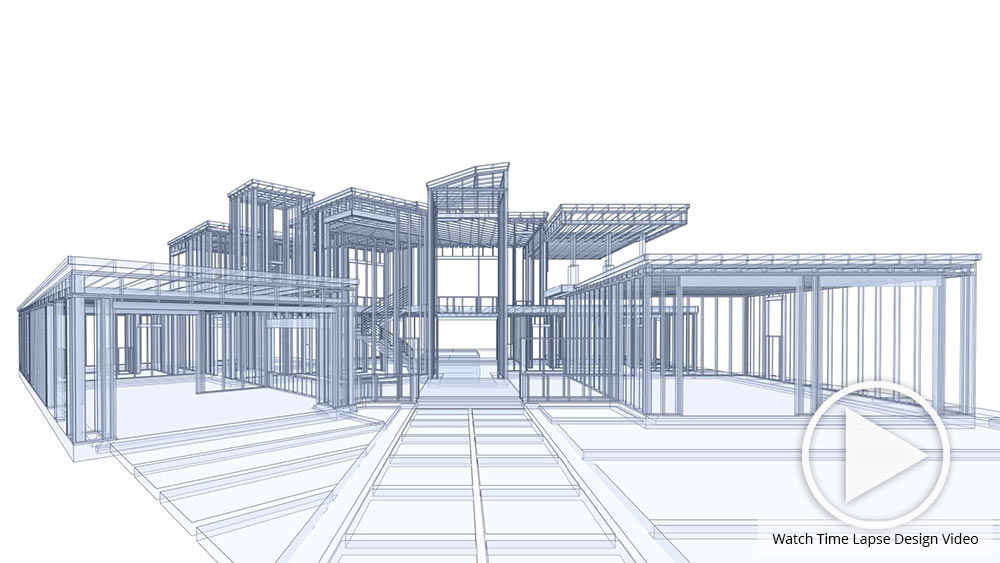The Creative Refine Behind Successful Tasks from CDA Architects
The Effect of Technological Improvements on the Style Practices of Contemporary Architects
The quick advancement of technical tools has actually substantially improved the style landscape for contemporary engineers, promoting extraordinary degrees of innovation and sustainability. Discovering these dynamics discloses a nuanced interaction between technology and conventional design approaches, prompting a more detailed examination of what the future holds for building techniques.
Development of Architectural Tools
Just how have building tools transformed the design and building and construction processes over the centuries? The development of building devices has dramatically influenced the efficiency, accuracy, and creativity of layout and building.
With the arrival of the Renaissance, the introduction of the compass and the protractor marked a crucial shift. These tools allowed architects to accomplish greater precision in their designs, assisting in the introduction of even more intricate and proportional structures. The Industrial Revolution further transformed architectural practice with the introduction of mechanical devices and materials, permitting for bigger and more ambitious jobs.
In the 20th century, the growth of computer-aided style (CAD) software program changed the landscape when again, offering engineers with unmatched abilities in modeling and visualization. Today, advanced devices such as Structure Info Modeling (BIM) and parametric style software remain to push the limits of architectural advancement, enabling a more integrated approach to design and building procedures.
Enhanced Collaboration in Design
As modern technology remains to progress, enhanced partnership in layout has actually come to be a keystone of contemporary building technique. The integration of electronic tools such as Structure Info Modeling (BIM), cloud-based platforms, and progressed visualization software program has transformed the way architects, engineers, and stakeholders interact throughout the style procedure. These devices facilitate real-time communication, permitting teams to share ideas, modifications, and comments immediately, no matter of geographical place.

Furthermore, interdisciplinary partnership has been streamlined via these technological developments, making it possible for designers to function much more very closely with various other experts, such as metropolitan organizers and ecological experts. The outcome is a more natural method to design that thinks about various viewpoints and proficiency. Inevitably, improved collaboration in layout is not merely a fad; it is crucial for producing ingenious, useful, and visually pleasing architecture in a progressively intricate world.

Sustainability Through Technology
Sustainability in style has increasingly become linked with technological innovation, driving the market toward environmentally accountable practices. Contemporary designers are leveraging advanced modern technologies to reduce ecological impact while improving the performance of structures. cda architects. One noticeable instance is using Structure Details Modeling (BIM), which enables for accurate planning and resource allowance, decreasing waste during building and construction and promoting energy effectiveness throughout a building's lifecycle
In addition, smart products and energy-efficient systems are being incorporated into designs to optimize resource use. Technologies such as solar batteries and eco-friendly roof harness renewable resource resources, adding to lowered carbon footprints. Furthermore, the application of man-made intelligence in style processes makes it possible for engineers to imitate and evaluate power consumption, leading decisions towards even more sustainable results.
The integration of sustainable modern technologies not just aligns with international environmental goals yet additionally satisfies an enhancing need from customers for environment-friendly services. As architects embrace these technologies, the focus moves in the direction of producing rooms that are not just visually pleasing however additionally functionally sustainable, thus redefining the requirements of modern style. In this way, technology functions as a driver for sustainability, making it possible for engineers to make buildings that regard click here to find out more and enhance the natural environment.
Challenges in Application
While technological improvements in style hold terrific promise for boosting sustainability, their application typically comes across considerable difficulties. One primary barrier is the high understanding curve connected with new innovations. Architects and building professionals may require comprehensive training to successfully use sophisticated software program and tools, which can postpone task timelines and boost costs.
In addition, the combination of arising innovations, such as Structure Details Modeling (BIM) and sustainable materials, frequently demands partnership throughout multidisciplinary teams. This cooperation can be impeded by differences in proficiency, process, and interaction designs, bring about prospective conflicts and ineffectiveness.

In addition, regulative structures and building regulations might not equal technological innovations, developing obscurity and prospective conformity issues. This obstacle can inhibit architects from fully accepting new innovations, as the risk of non-compliance may surpass the advantages. Attending to these execution challenges is crucial for the effective combination of technical go to this site innovations in contemporary architectural methods.
Future Patterns in Design
The obstacles connected with the execution of new modern technologies in design have prompted a reevaluation of future trends within the industry - cda architects. As architects browse issues such as sustainability, urbanization, and social equity, they are significantly adopting cutting-edge innovations to enhance style efficiency and environmental efficiency
One prominent trend is the combination of expert system (AI) in the design procedure. AI tools can analyze large datasets to notify layout decisions, enhancing both imagination and capability. Likewise, Building Details Modeling (BIM) remains to evolve, enabling real-time partnership among stakeholders and facilitating structured project dig this management.
Sustainable layout practices are additionally gaining momentum, with architects concentrating on adaptive reuse and regenerative style principles that decrease source consumption and waste. The unification of smart materials and renewable energy resources will additionally boost the resilience of structures in the face of climate adjustment.
Furthermore, the rise of parametric style permits even more customized and context-sensitive building services (cda architects). By using these developments, engineers are poised to produce developed settings that not only address the immediate demands of culture yet also anticipate future difficulties, thereby redefining the duty of style in an ever-changing globe
Final Thought
Technical improvements have substantially improved architectural layout techniques, assisting in enhanced precision, cooperation, and sustainability. The combination of tools such as Building Info Modeling and parametric style software program, alongside fabricated intelligence and clever products, equips designers to address complex obstacles a lot more efficiently.